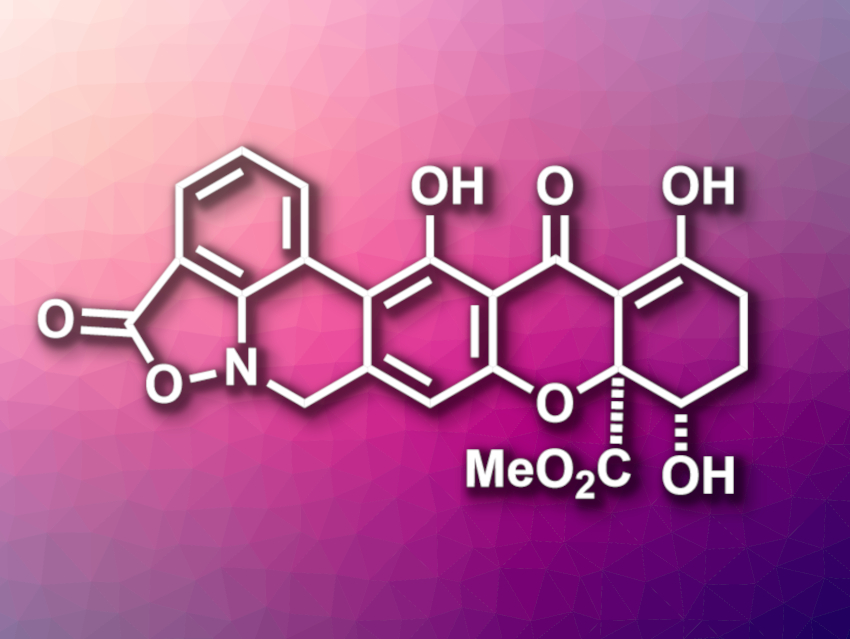Biaryl dimeric tetrahydroxanthones are natural products with potential antibacterial and anticancer activities. However, their synthesis can be challenging. While there have been examples of monomeric or homodimeric tetrahydroxanthones, heterodimeric biaryl tetrahydroxanthones have rarely been synthesized. Parnafungin A1 (pictured) is such a heterodimeric tetrahydroxanthone, first isolated from a fungus. Parnafungins have shown a broad spectrum of antifungal activities. Hirtusneanoside is a glycosylated biaryl heterodimeric tetrahydroxanthone, first isolated from a fungus.
He Yang, Shanghai Institute of Organic Chemistry, University of Chinese Academy of Sciences, Wenjun Tang, Shanghai Institute of Organic Chemistry and Hangzhou Institute for Advanced Study, University of Chinese Academy of Sciences, and colleagues have developed an efficient cross-coupling approach that provides a path to the sterically hindered biaryl units of parnafungins and hirtusneanine. The team performed the first, enantioselective synthesis of both parnafungin A1 and 10a-epi-hirtusneanine.
The team used benzoxaboroles as optimized cross-coupling partners in Suzuki-Miyaura reactions to crate the biaryl C–C bond in both syntheses. For the synthesis of parnafungin A1, they also employed an oxa-Michael addition to create the tetrahydroxanthone skeleton and a reductive cyclization/Mitsunobu reaction sequence to form the isoxazolidinone unit. According to the researchers, the strategy of using benzoxaboroles in cross-coupling reactions could also be useful for the synthesis of other heterodimeric biaryl tetrahydroxanthones.
- Enantioselective Total Synthesis of Parnafungin A1 and 10a-epi-Hirtusneanine,
Jiawei Sun, Wei Gu, He Yang, Wenjun Tang,
Chem. Sci. 2021.
https://doi.org/10.1039/d1sc02919c




